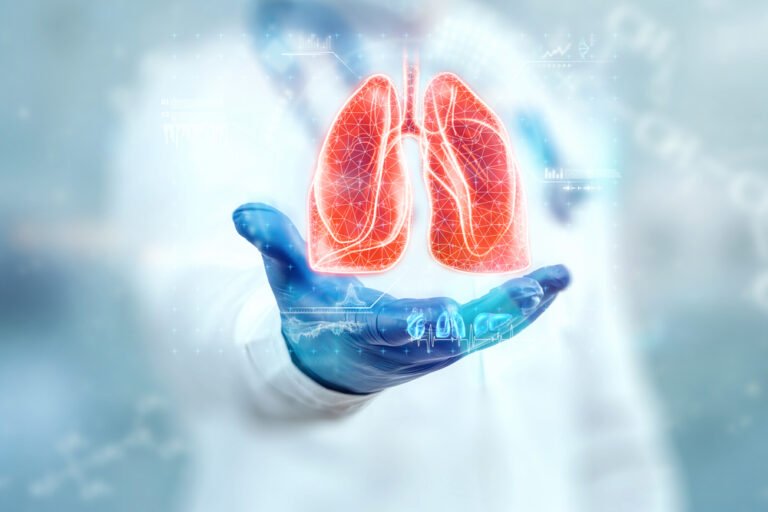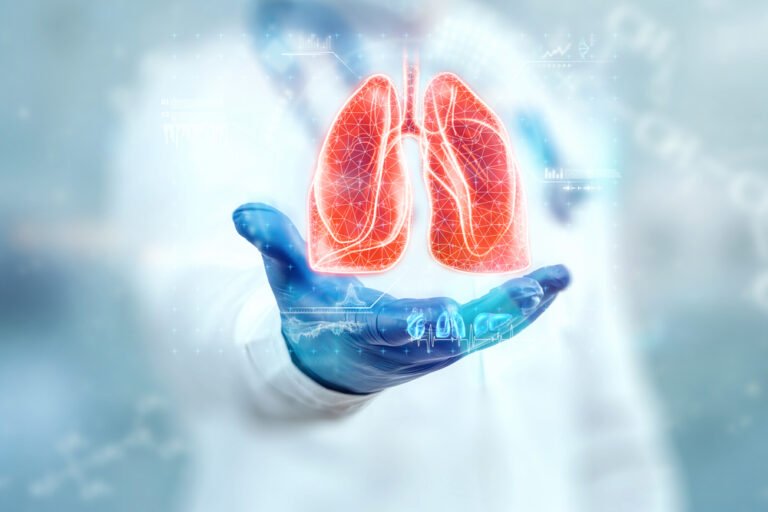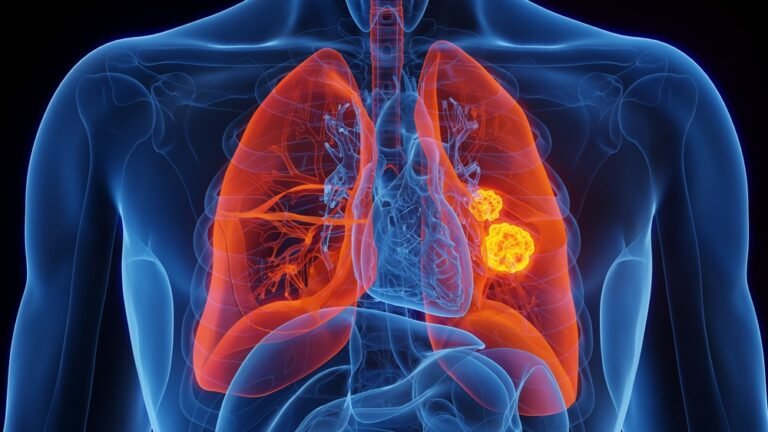–
- Spinal cord syndrome
- Superior vena cava syndrome
- Increased calcium level in blood (hypercalcemia)
- Low sodium level in blood (hyponatremia)
- Pleural effusion
- Bony pains
- Seizures, headache, impaired vision
1. Spinal cord syndrome
This is a medical emergency requiring prompt treatment within 24h to prevent irreversible paralysis and loss of bowel and bladder function. MRI of the spine is the investigation of choice.
Symptoms are:
- Patients frequently experience back pain initially. Pain is not, however, universal
- Weak legs
- Constipation
- Urinary incontinence
- Loss of bladder and bowel sensation is a late sign
- Leg weakness
- There may be sensory loss in the legs
Management:
- High-dose steroids.
- Radiotherapy to the metastasis or tumor causing cord compression
- Surgical decompression of the cord, reconstruction, and stabilizing the spinal column
- Catheter, if in urinary retention
- Care for pressure areas
- Early referral to physiotherapist.
2. Superior vena cava syndrome
Obstruction of the flow of blood in the superior vena cava (SVC) results in the symptoms and signs of SVCO. Superior vena cava is one of the main vessel taking blood to heart. Lung cancer is one of main cause of it. It shows following symptoms:
- Face and upper body swelling
- Redness of face
- Breathlessness
- Headache—worse on bending forwards or lying down
- Cough
- Hoarse voice
- Difficulty in swallowing
- Dizziness
- Confusion
Chest Xray and CT scan is done to confirm diagnosis of superior vena cava obstruction.
Management: It is an emergency situation and patient needs to be rushed to hospital for management.
- First give oxygen
- Ask patient to sit up
- Painkiller
- Steroids
- Chemotherapy / Radiotherapy depending on the type of lung cancer.
- Superior vena cava stents
3. Hypercalcemia
A serum calcium level over 2.75 mmol/L is considered abnormal.
Common symptoms are:
- Confusion
- Weakness
- Nausea
- Reduced fluid intake
- Constipation
Serum calcium levels are tested to confirm diagnosis.
Management:
- Fluids
- Steroids
- Bisphosphonates (Disodium pamidronate, Sodium clodronate)
4. Syndrome of inappropriate release of a hormone ADH, (SIADH) / Hyponatremia
In this condition there is excessive release of this hormone ADH (anti diuretic hormone)due to which patient develops retention of excessive water making sodium levels low in blood ,which is hyponatremia.
- Lethargy and confusion are main symptoms.
- Blood and urine tests are required for diagnosis:
- Serum sodium level (it will be low)
- Urine sodium level (high)
- Urine osmolarity (it will be high)
- Serum osmolarity (it will be low)
- Serum urea (low)
Management:
- Fluid restriction (0.5–1.0 L/day) will help but is often unpleasant for the patient
- Salt tablets/extra-dietary salt
- May resolve over a few weeks following chemotherapy
- Drugs (not routinely used but may be useful) ( demeclocycline , tolvaptan )
5. Pleural Effusion
It is collection of fluid in pleural cavity which is a sac like structure that protects lung. When fluid accumulates in pleural cavity, patient develops:
- shortness of breath
- chest pain while breathing
Chest Xray and ultrasound chest is required for diagnosis.
Management:
This fluid needs to be removed with the help of needle. There is increased tendency to develop this fluid in cancer patients due to presence of tumor cells in pleural cavity so fluid is removed repeatedly whenever patient develops symptoms. Pig tail catheter is usually placed in chest for that purpose, which constitutes a needle and a collecting bag for fluid. It can remain attached for quite some time without causing discomfort.
6. Bony pains
Patients develop bone pains due to spread of tumor.
Management:
- Painkillers
- Low dose radiotherapy
7. Seizures, headache, impaired vision
These symptoms develop when tumor spreads to brain. The brain is a common site for spread (metastases) , even in patients who have had a good response to chemo therapy. This is because the brain is relatively protected from chemotherapy by the blood-brain barrier.
Management:
Prophylactic cranial irradiation (PCI), that is basically radiation to brain only, has been proposed as a means to prevent brain metastases in patients.
Side effects of chemotherapy
1. Nausea and vomiting
Chemotherapy-induced nausea and vomiting of variable severity may be seen with most chemotherapy regimens.
The three categories of drugs are used for treatment:
-
- Type three 5-hydroxytryptamine (5-HT3) receptor antagonists ( Ondansetron)
- Neurokinin-1 receptor (NK1R) antagonists ( Aprepitant )
- Steroids (especially dexamethasone )
- Antipsychotic medication (olanzapine ) when used in combination with other antiemetics
These agents are used alone and in specific combinations depending upon severity of nausea and vomiting.
2. Immunosuppression
The most serious adverse effect of chemotherapy is immunosuppression (reduced immunity) due to bone marrow suppression, which is at its worst 9–12 days following treatment. Prophylactic antibiotics are advised by the medical team during the first chemotherapy cycle to prevent chance of catching infections.
3. Nephrotoxicity
Nephrotoxicity, especially with chemotherapy regimens containing cisplatin, can be severe. Intensive hydration is required to prevent this complication. Monitoring with renal function test is done frequently.
4. Neuropathy
Sensory peripheral neuropathy is a common complication. It is basically numbness, abnormal sensations and occasionally pain, which usually begins in the toes and fingers, spreading proximally to affect the legs and arms. Even if chemotherapy is discontinued, the sensory neuropathy continues to worsen for several months in 30 percent of patients .Neuropathy may even begin after therapy is discontinued. It eventually improves in most patients, although recovery is often incomplete .
Treatment
- Patient can be switched to an alternative, less neurotoxic agent i.e carboplatin.
- Antidepressants such as duloxetine, tricyclic antidepressants
- Opioids
- Gabapentin, pregabalin
- Physical modalities such as cutaneous electrical stimulation
- Exercise and rehabilitation especially for those with abnormal gait / mobility issues
- Acupuncture
- Topical capsaicin
- Topical menthol









